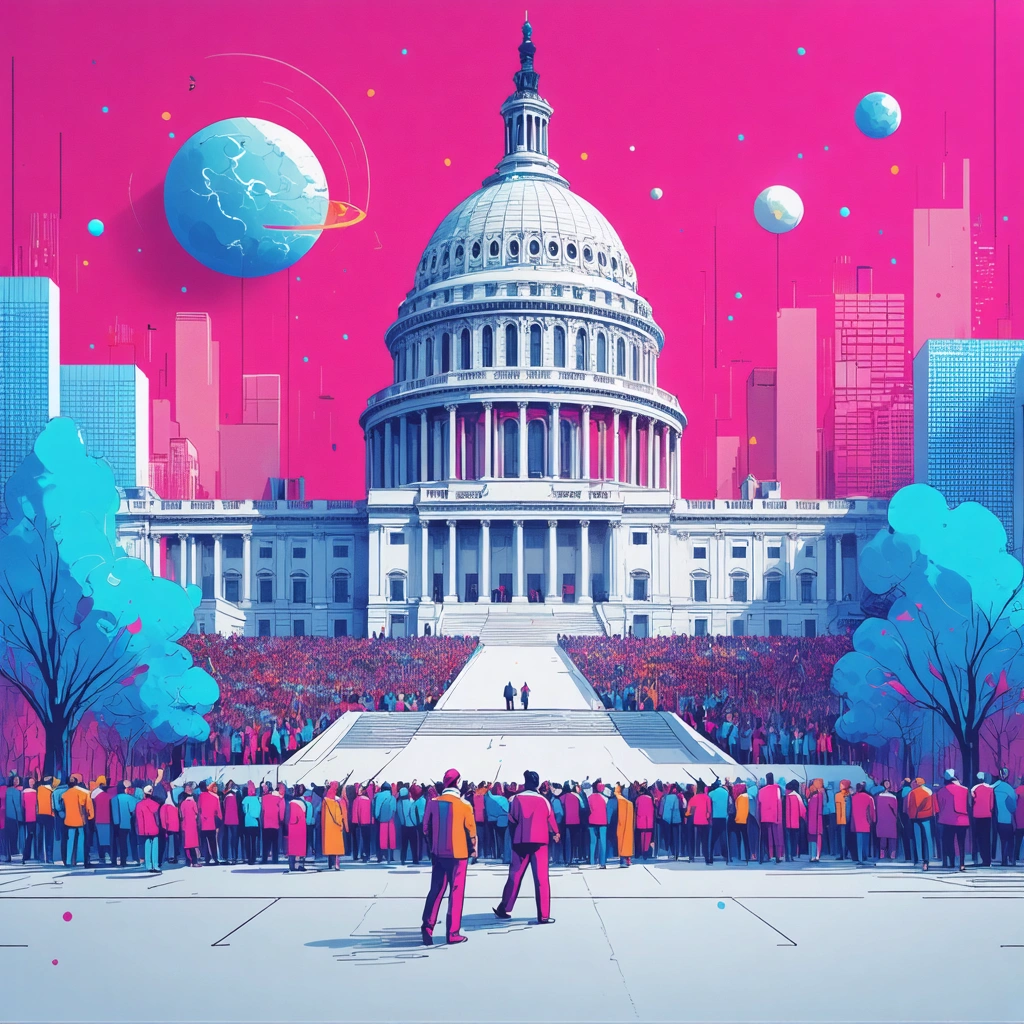
Overview of the Rally
The Stand Up for Science rally, held in Washington, D.C. and other major cities across the United States, represented not only a spirited protest against potential cuts to scientific research funding but also a profound personal declaration of support for the scientific community. Attendees gathered in large numbers, expressing their concern that reductions in funding could directly affect innovative projects, research breakthroughs, and careers built on years of dedication. The symbolism of the rally resonated with many, making it a landmark event in the intersection between business interests, policy matters, and personal commitments to progress.
Personal Stakes Behind Business Decisions
Scientific Funding as a National Asset
In today’s competitive global environment, investment in science and technology is crucial. For many, the issue transcends mere statistics and balance sheets: it is about safeguarding the future of innovation. During the event, a number of key speakers highlighted that scientific research is not only a driver of technological advancement but also a critical component of national security and economic prosperity. Business leaders reiterated that science-based industries offer high-growth opportunities and create numerous job opportunities in both urban and rural settings.
Attendee Perspectives
- Many participants shared firsthand experiences of how reduced funding had impacted their projects.
- Researchers and students revealed that the umbrella of private support often needs to complement governmental funding to ensure continuity of research.
- Entrepreneurs in biotech and clean energy fields underlined that sustained investment was directly linked to market opportunities and long-term business stability.
These testimonials underscored the rally’s central message: science is personal. The conversation evolved beyond political rhetoric to a more nuanced discussion about how each individual’s career and the nation’s future depend on stable and robust funding models. It became clear that a policy shift could have repercussions that ripple across industries, affecting both the scientific community and the economic landscape.
Analytical Insights and Business Implications
Economic Consequences of Reduced Funding
From a business perspective, the potential reduction in scientific funding has multiple layers of economic impact. A decrease in research investments could lead to:
- Slowed innovation in key industries such as healthcare, renewable energy, and information technology;
- An increase in the dependency on private sector investments, which might not always align with long-term scientific and societal needs;
- A potential decline in the nation’s competitive edge in the global market.
Both public and private sectors must work together to fill the gaps in funding, ensuring that scientific progress supports the broader economic framework. Moreover, stability in research investment reinforces consumer confidence and positions the country as a leader in innovation.
Business Strategies for Advocates of Science
Companies and organizations aligned with the science community are beginning to explore strategic partnerships and alternative funding channels. These strategies include:
| Strategy | Description | Expected Benefit |
|---|---|---|
| Public-Private Partnerships | Collaborations between government bodies and private companies to jointly invest in research initiatives. | Shared financial risk and accelerated innovation processes. |
| Venture Capital Investments | Funding innovative research projects through venture capital channels. | Promotes market-driven advancements and nurtures high-growth opportunities. |
| Corporate Social Responsibility (CSR) Programs | Companies allocate funds and resources toward scientific research as part of their CSR initiatives. | Strengthens community ties and ensures sustainable development in science-driven sectors. |
Such strategies are essential for sustaining the research ecosystem in the long term. Business leaders recognize that innovation is at the heart of future growth and economic resilience, and maintaining scientific funding is key to preserving a competitive edge.
Future Trends and Final Thoughts
The Evolving Landscape of Science Advocacy
Looking ahead, the legacy of the Stand Up for Science rally is expected to influence both policy-making and business strategies. The event demonstrated that scientific funding is a matter not exclusively tied to politics, but one that is intrinsically linked to individual passion and societal well-being. With global challenges such as climate change, health crises, and digital transformation on the rise, science will continue to be a cornerstone of progress.
Integrating Personal Values with Business Imperatives
For businesses, the rally served as a reminder of the synergy between personal values and economic imperatives. As companies recalibrate their investment portfolios towards research and development, they acknowledge that the well-being of society and the prospects of future markets are deeply connected. In this context, the operational decisions made by corporate leaders are influenced by the same enthusiasm and determination that spurred attendees at the rally. This integration of values and economics is likely to drive emerging trends that will define the market for decades to come.
In conclusion, the Stand Up for Science rally was much more than a protest—it was a demonstration of shared commitment, where personal stories enlivened economic discussions and political debates alike. The event encapsulated the belief that every stakeholder, from scientists to business executives, plays a part in preserving and nurturing the engine of progress. Moving forward, fostering collaborative efforts among government, industry, and the public remains crucial to ensuring that science continues to be a pillar of national and global prosperity.




